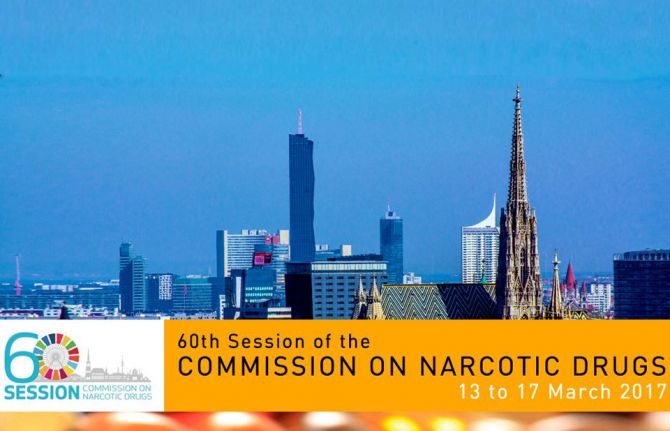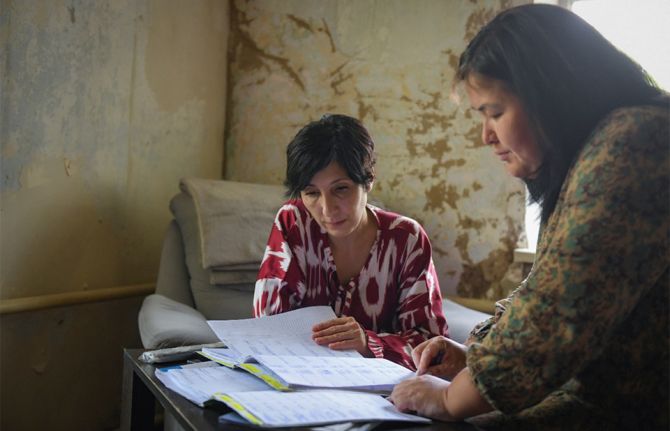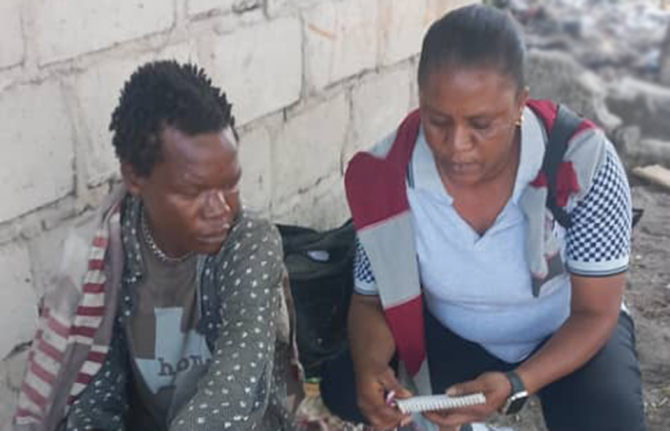

Feature Story
Stopping the rise of new HIV infections among people who inject drugs
16 March 2017
16 March 2017 16 March 2017As part of UNAIDS’ efforts to stop the rise of new HIV infections among people who inject drugs UNAIDS is taking an urgent message to the Commission on Narcotic Drugs, as it meets in Vienna, Austria, for its sixtieth session. In a statement to the commission, UNAIDS warns of the staggering rise in HIV infections among people who inject drugs and notes that countries are failing to invest in and deliver effective strategies to address the growing problem.
HIV infection among people who inject drugs is a major global issue. Between 2011 and 2014, there was a 33% rise in new HIV infections among people who inject drugs. Around 14% of the 12 million people who inject drugs worldwide, 1.6 million people, are now living with HIV.
UNAIDS estimates that people who inject drugs are up to 24 times more likely to be living with HIV than people in the general population. Despite this, people who inject drugs are often subjected to exclusion and marginalization and are left out of reach of services that prioritize health and human rights.
The good news is that there are simple, cost-effective programmes that work. Methadone maintenance therapy, for example, has been associated with a 54% reduction in the risk of HIV infection among people who inject drugs, yet many countries remain reluctant to implement proven approaches. Only about 50% of countries reporting injecting drug use implement effective harm reduction programmes.
Studies have shown that if countries were to make maintenance therapy available, 130 000 new HIV infections outside of sub-Saharan Africa could be prevented every year—this would result in a huge leap forwards towards ending the AIDS epidemic as a public health threat by 2030.
There are also serious shortcomings in funding, with most funding for harm reduction programmes, particularly in low-income countries, coming from international sources. Between 2010 and 2014, only 3.3% of HIV prevention funds went to programmes for people who inject drugs. To reach this key population with effective programmes to prevent HIV infection, UNAIDS estimates that annual investment in HIV prevention for people who inject drugs in low- and middle-income countries, will need to increase more than tenfold to US$ 1.5 billion by 2020.
It is clear that change needs to happen to get results. In 2016, United Nations Member States adopted a Political Declaration on Ending AIDS in which they committed to ensuring that 90% of key populations, including people who inject drugs, have access to HIV combination prevention services.
Providing a comprehensive package of services, including needle–syringe programmes and opioid substitution therapy, in a legal and policy environment that enables access to services will be essential to prevent HIV infections and reduce deaths from AIDS-related illnesses, tuberculosis, viral hepatitis and sexually transmitted infections. UNAIDS is working closely with countries to help reach these important time-bound targets.
Quotes
“To end the AIDS epidemic and achieve the Sustainable Development Goals we need approaches that put people at the centre and ensure access to health and community-based services for all.”



